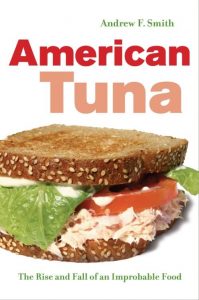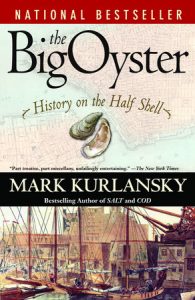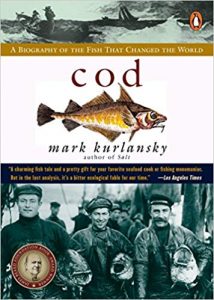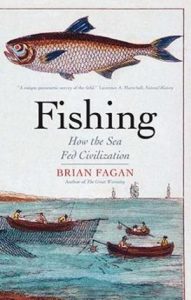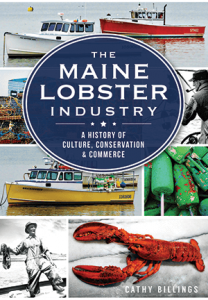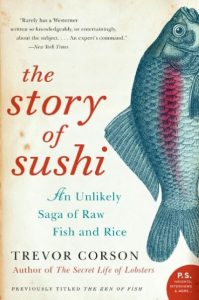by Elisabeth Townsend
From the publisher: From pauper’s food to cultural icon, this book tells the story of our relationship with the lobster, from coastal hunter-gatherers through the Industrial Revolution to modern times. As lobsters became a status symbol for the rich, they became the subjects of both artists and writers. The lobster has been depicted in Egyptian temples and Pompeiian feasts; Dutch still lifes and Japanese woodcuts; Lewis Carroll’s Alice’s Adventures in Wonderland and Salvador Dalí’s Lobster Telephone. And the social history of its consumption takes us from the Stone Age, through the early European settlers in New England and Australia, to today’s Japanese live lobster sashimi.
The lobster has been transformed from a peasant food into a luxurious delicacy that reflects our changing ideas about diet and human consumption. Today’s consumer is concerned about the ethics of eating lobster, and controversy rages about methods of killing them. Though scientists continue to debate whether lobsters can feel pain, concerns about cruelty have led to the invention of new machines that are intended to kill them humanely. There are also efforts to farm lobsters, to re-stock the seas with juveniles and to fish them sustainably.
Lobster will appeal to anyone who loves this fascinating crustacean, or who has chased a lobster across a kitchen floor.
Elisabeth Townsend writes about food, travel and wine for The Boston Globe, Gastronomica, the Quarterly Review of Wines and other newspapers and magazines. She is based in Concord, Massachusetts.
Reaktion Books, 2011


